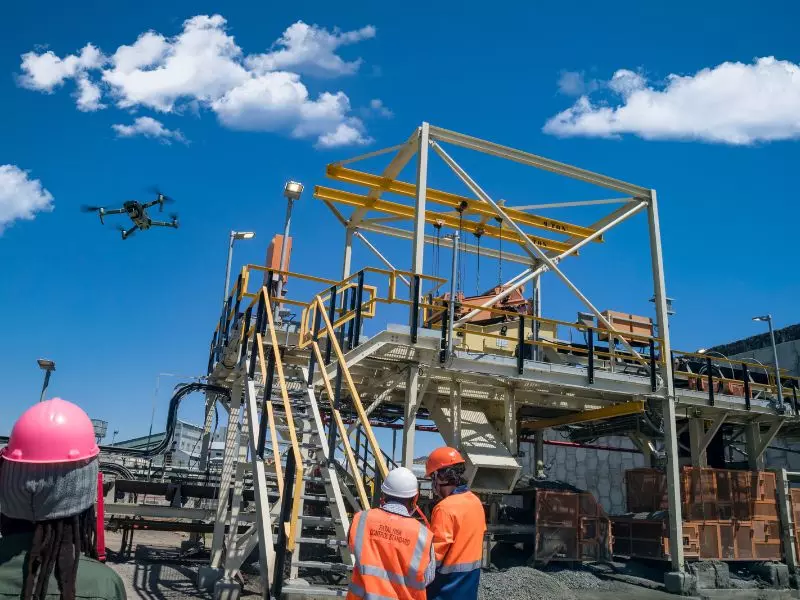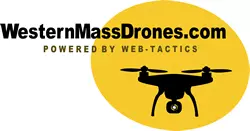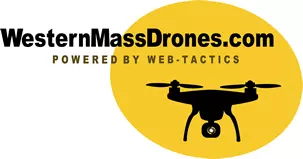Drone Inspections' Cost Efficiency Over Manual Inspection Methods

Drone Inspections: The Advantages
Inspection by drone is using unmanned aerial vehicles (UAVs) or drones to conduct quick, detailed visual checks of buildings, structures, and other physical items. These remote-controlled machines are equipped with cameras that allow operators to view and evaluate the condition of an area quickly and efficiently. Drone inspections can enable sharp and detailed photographs of any elements, defects, or damages that need to be observed up close. This ability provides a new level of visibility and accuracy of recorded data for inspection purposes.
Drones are becoming increasingly crucial for preventive maintenance planning and optimized production as well. By using drones to perform remote inspections, companies can save time, money, and manpower. The use of drones also allows checks to be done in riskier or more difficult-to-access areas that were not possible before, such as industrial plants, pipelines, or power lines that would otherwise require expensive scaffolding, monitoring platforms, or even manned aircraft. Furthermore, drones can provide a detailed understanding of the scope and scale of any hazardous areas that may need to be addressed so that improvements can be made accordingly.
Drone inspections offer a high level of safety, as they can go places no human can safely go. They provide quick, accurate, and cost-effective data collection that can be used for surveying and inspecting worksites. Drone inspections are flexible and can be done anytime, anywhere, without additional ground-based equipment or infrastructure.
Drone Inspections - Factors to Consider
Analyze Your Existing Inspection Processes.
To get the most from your drone inspections, it's essential to understand how your existing manual inspection processes work. Start by collecting data on the time and resources needed to complete an assessment. Then, compare these figures with the cost savings of using drones and other advantages such as improved safety and quicker completion times. Doing this analysis will help you conclude whether or not drone inspections are worth their investment for your business.
Discover the Cost Savings of Drone Inspections.
Drone inspections can provide incredible cost savings when compared to manual methods. From increased efficiency and safety to time saved, drones bring numerous benefits to your business that result in decreased costs. By streamlining processes with drones, you can save on labor, reduce the need for manual equipment, and minimize lost production time due to slower methods. Additionally, you can take advantage of other revenue-generating opportunities, such as collecting data that would otherwise be inaccessible or expensive with manual processes.
Consider Licensing and Permits Required to Operate a Drone Legally and Economically.
In addition to the cost savings from increased efficiency, businesses must consider all of the licensing and permits required for operating a drone legally and economically. Before launching a drone, it is essential to review all local, national, and international laws. These include aviation authority permits, business liability insurance, and airspace restrictions. Flying without proper authorization can result in severe legal penalties, so it's essential to understand all the regulations applicable to your area before launching a drone.
Understand the Benefits of Automation and Efficiency with Drone Technology.
Drone technology provides businesses with a range of cost-saving benefits over manual inspection including automated processes, improved accuracy, and on-demand availability. Automation eliminates the need for costly labor and reduces safety risks associated with manual inspections. Drone technology also enables businesses to instantly deploy data and digital assets, drastically reducing the time needed to complete assessments. This can be crucial in ensuring projects are completed timely and efficiently while staying within budget.

